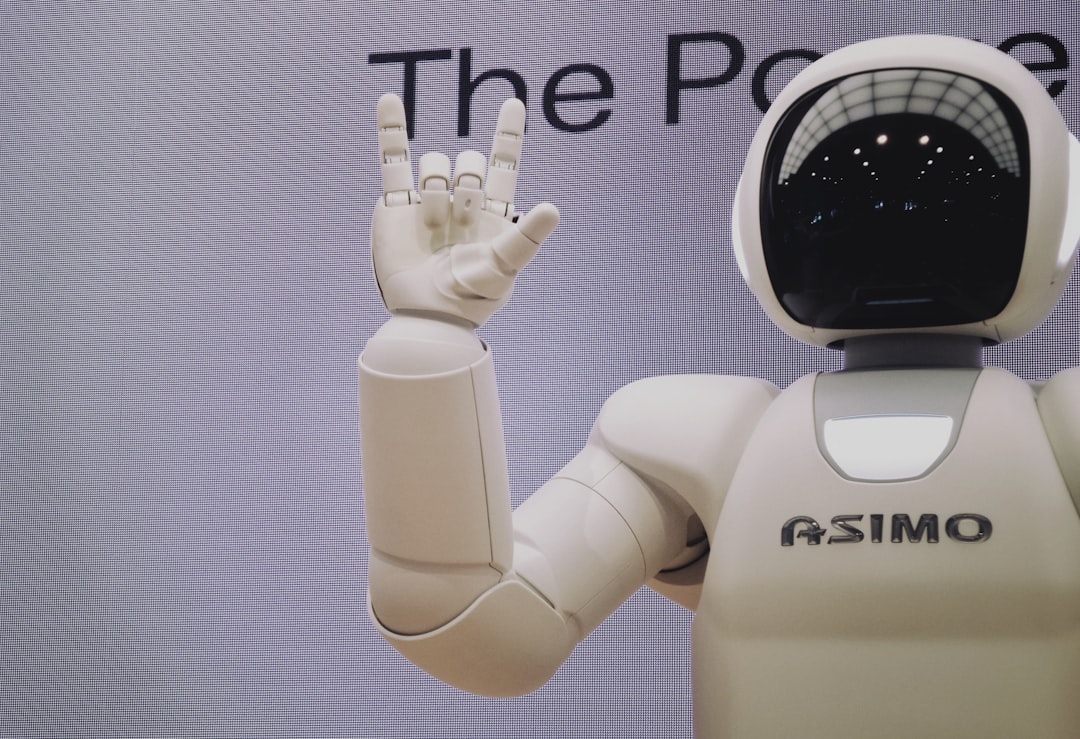What is it about?
The use of flash-binary geothermal power plants is recognized as an appropriate concept for preparing a sustainable energy production facility. Hence, the target of the current research is to specify the exergetic and economic aspects of an innovative electricity and cooling cogeneration system comprising a dual-flash binary geothermal power plant and an ejector refrigeration unit. The essential point of this study is the smart use of the total capacity of a medium-temperature geothermal source to produce energy-based products and eliminate the weakness of the conventional setups, increasing the exergy and exergoeconomic performances. A parametric study has been implemented to analyze the effect of several main parameters on the vital variables including efficiencies, exergy destruction rate, sum unit exergy cost, investment cost rate, and exergoeconomic factor. Besides, a multi-objective optimization in different cases has been applied to the calculations through a non-dominated sorting genetic algorithm II (NSGA-II) to achieve an optimal design. The results showed that the performance of the system was more sensitive to changing the separators’ operating pressure of the plant. Likewise, the optimum exergy efficiency and optimum unit exergy cost of the system were found to be 12% and 0.0043 $/kWh through the exergy/cost multi-objective optimization case, correspondingly.
Featured Image

Photo by Markus Spiske on Unsplash
Why is it important?
•An innovative cost-effective geothermal-based cogeneration system is projected. •The system is modified employing a smart-use technique of integration. •Exergetic and financial parametric investigations are performed. •Non-dominated sorting genetic algorithm II is developed for optimization process. •The optimum exergy efficiency and overall unit cost were 12% and 0.0054 $/kWh, respectively.
Read the Original
This page is a summary of: Exergetic and financial parametric analyses and multi-objective optimization of a novel geothermal-driven cogeneration plant; adopting a modified dual binary technique, Sustainable Energy Technologies and Assessments, December 2021, Elsevier,
DOI: 10.1016/j.seta.2021.101442.
You can read the full text:
Contributors
Be the first to contribute to this page










